Wake up early the next day. Hope to beat the morning traffic out of Alaminos. The plan is to take another route over Dagupan to Urdeneta and get on the newly opened section of the SCTex.
ALAMINOS,
Before 1747, Alaminos was still part of Bolinao, one of the nine towns of Zambales. After years of progress and improvement it became an independent town. The town got its name year 1872 as part of honoring Lieutenant Governor General Alaminos, the Governor General of the Philippines at that time.
With the desire to be more progressive, a Republic Act 9025 known as “An Act Converting the Municipality of Alaminos, Province of Pangasinan into a Competent City to be known as the City of Alaminos” was passed in the congress. This act was signed March 5, 2001 and a plebiscite was held dated March 28, 2001 which was also positively voted by 85% of the Alaminos. That united action alone brought the simple municipality to be a competitive city.Traders, businessmen and investors soon flocked the city which became a great contribution to its continued growth throughout the years.
With a total of 278 hectares of considered forest lands, it is no surprise that Alaminos is rich in agriculture products. Corns, coconuts and rice are some of it. They also take pride of their bamboo and rattan craft industries. Also rich in sea production, they also feel proud of their bangus where their very own grilled bangus belly is made from. Some of their native delicacies are pancit miki, longanisa, patupat, suman and bagoong – all Alaminos version.
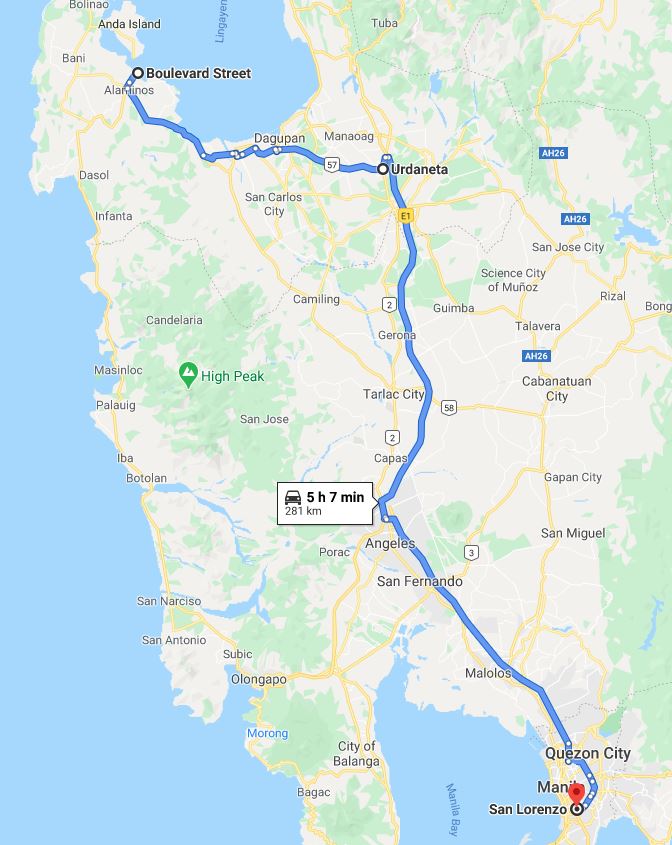
On the way to Urdeneta the traffic started to pick up, Jeepneys and tricycles started there routes. In Urdeneta another quick pit-stop and off on the SCTex, with a pit-stop along NLEX, and joining the Manila traffic. We got home safely around noon time.
DAGUPAN,
Dagupan was called before as Bacnotan. As early as 1583, Bacnotan was just a marshland covered with mangrove and nipa palm trees. Natives used to live near the shoreline and riverbanks where they got their foods. These natives also experienced attacks and visits from pirates of Japan and China and other traders.
In 17th century and onwards developments in the place took place with the opening of the docking station in Pantal (or what is now known as Pantalan Port) and eventually became a trading center. Bangus industry and fishponds also flourished, and Spaniards built roads connecting to Pangasinan and the Cagayan Valley. In 1891, Manila – Dagupan Railway was completed.
However, on March 7, 1898, the Dagupeños unveiled a coordinated attack on Spanish forces which was known as the the Battle of Dagupan that appears to have been planned months in advance. The revolutionary forces are armed only with bolos and lances and they attacked the Spanish with an ingenious rolling trench made of several banana tree trunks, wrapped in sheets of dried nipa palm leaves. The trenches were seven feet in diameter.
On June 20, 1947 after the World War II, Dagupan became a city by virtue of Republic Act No. 170. It was signed into law by President Manuel Roxas on October 15, 1947. Since this time, commercial establishments grew rapidly, more roads were built, schools and public markets were constructed. On July 16, 1990, a magnitude 7.7 earthquake struck northern Luzon. The worst hit cities were Cabanatuan, Baguio and Dagupan. A lot of public and private structures were destroyed or damaged when river banks slid into the Pantal River and dry land into the swampy areas.
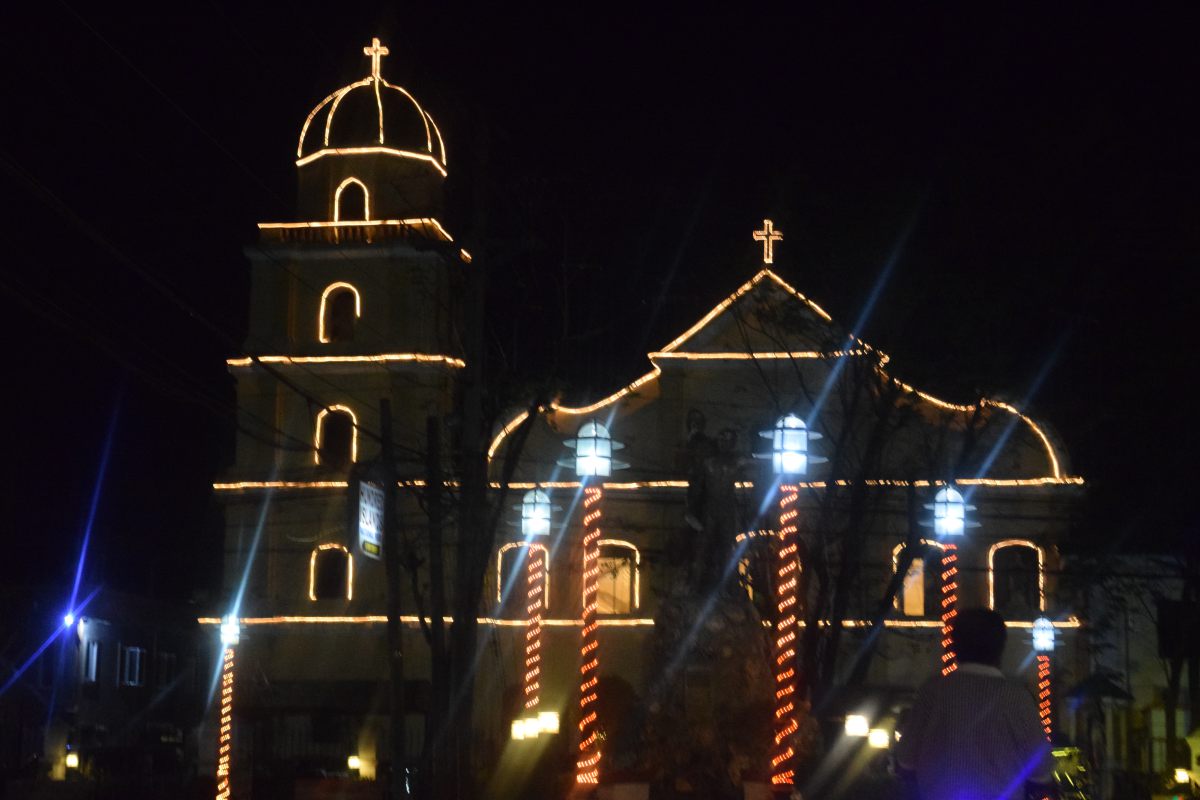 Driving out of Alaminos, passing the church.
Driving out of Alaminos, passing the church.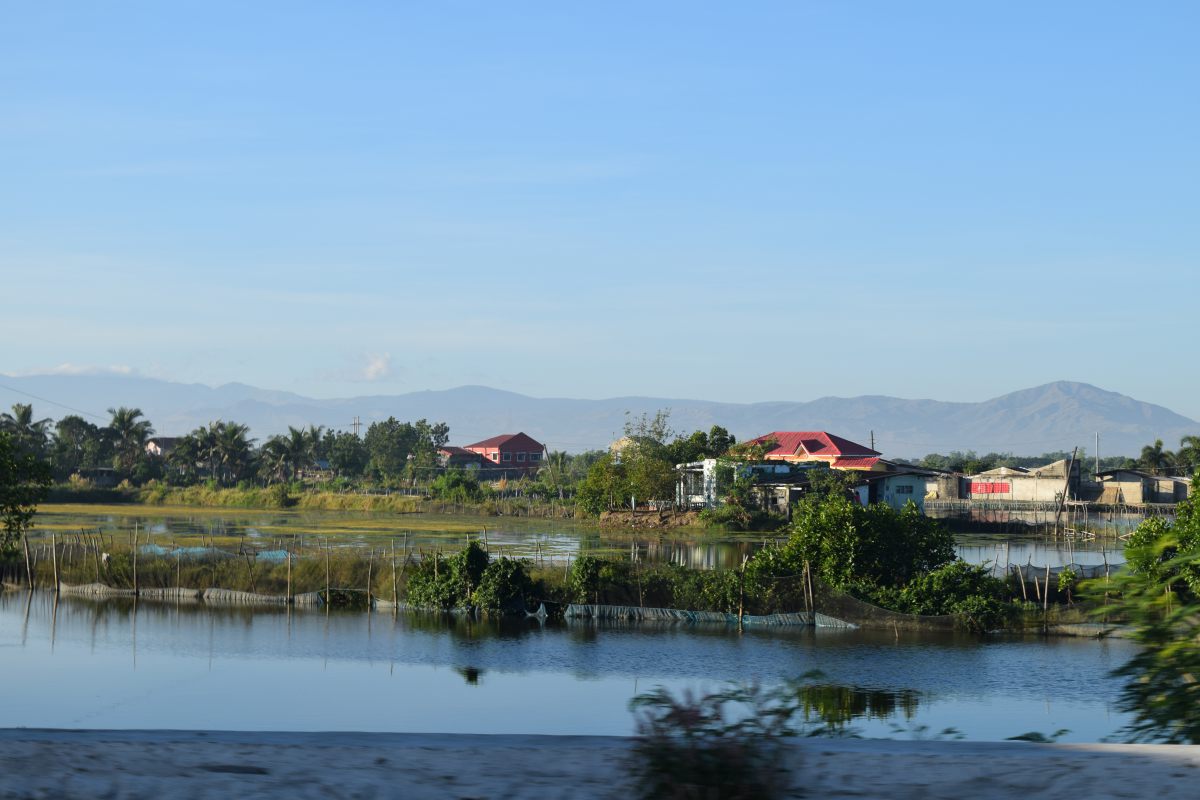 Approaching Dagupan. A city surrounded by wetlands.
Approaching Dagupan. A city surrounded by wetlands.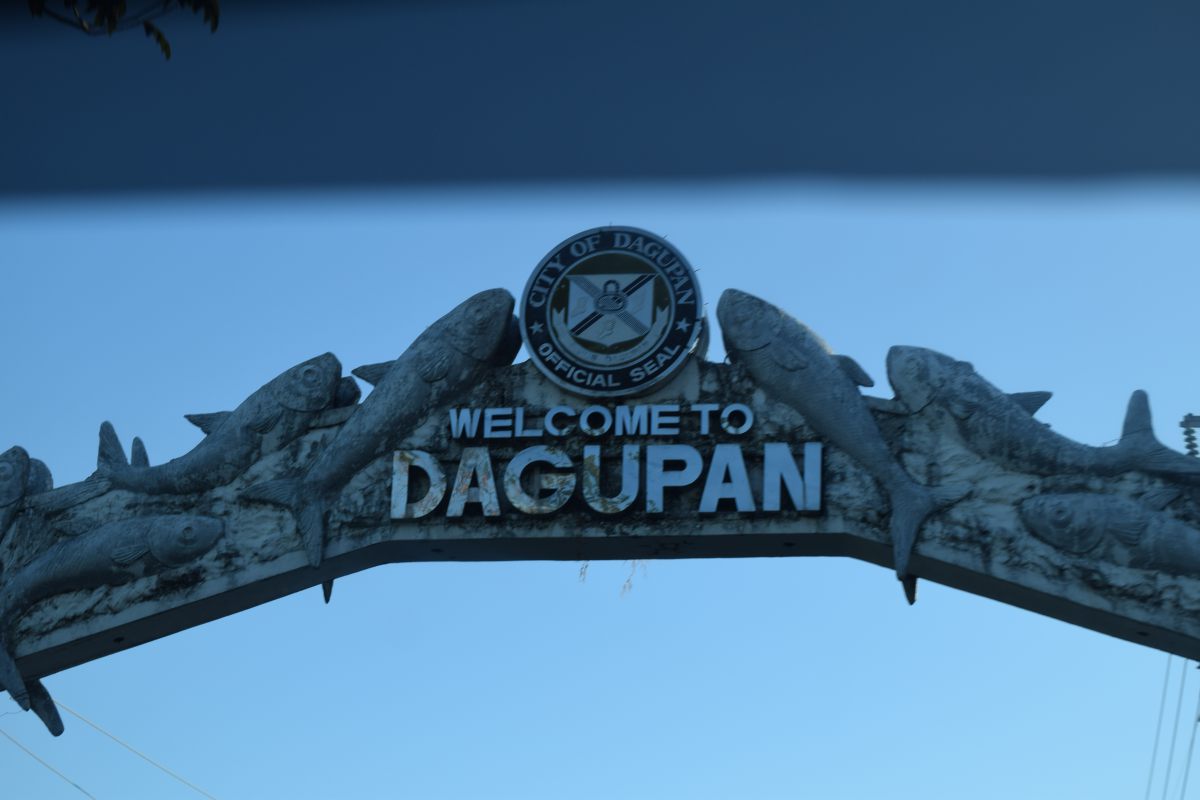 Entering Dagupan City.
Entering Dagupan City.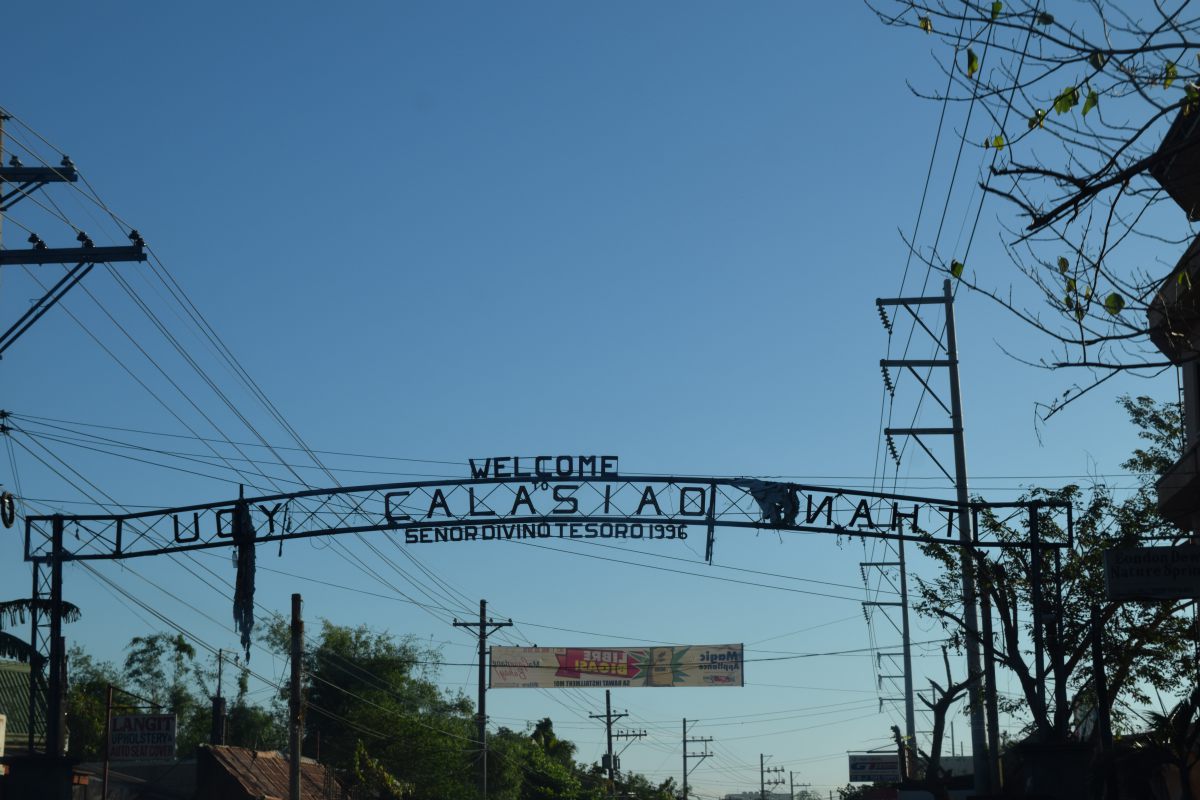 Entering Calasiao City.
Entering Calasiao City.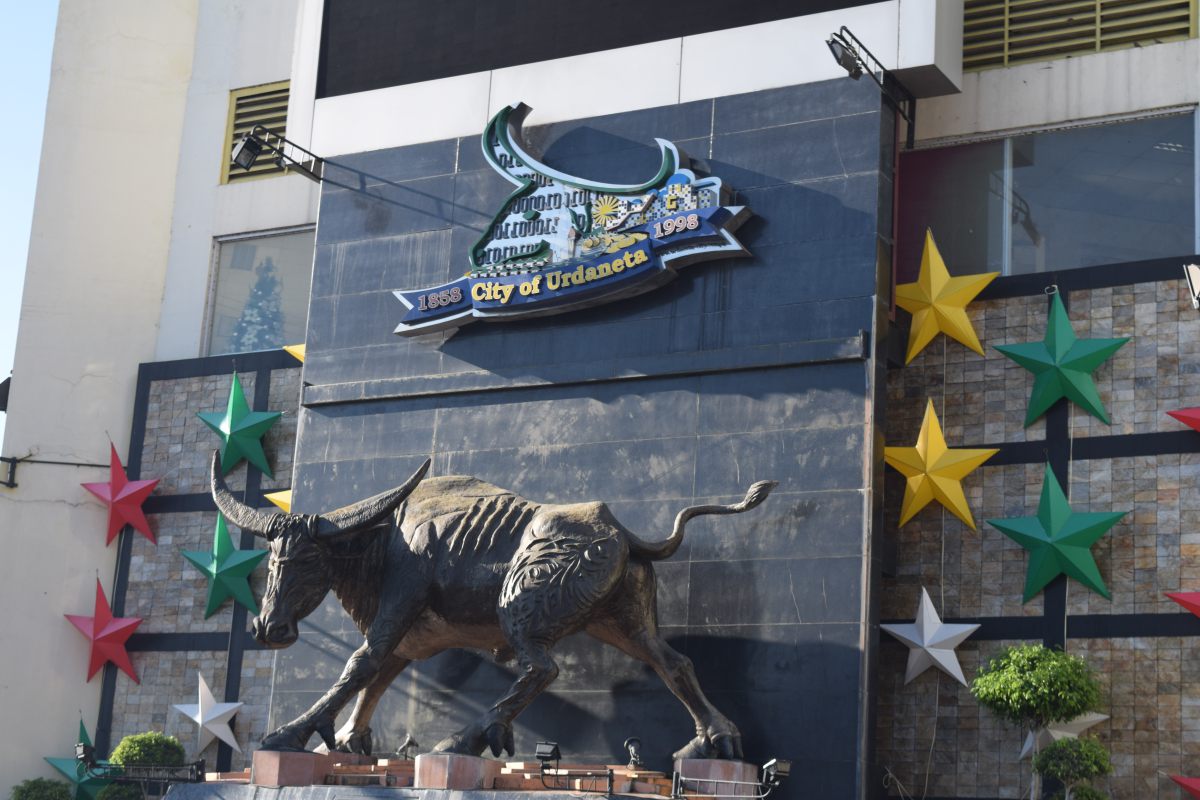 Passing through Urdineta City.
Passing through Urdineta City.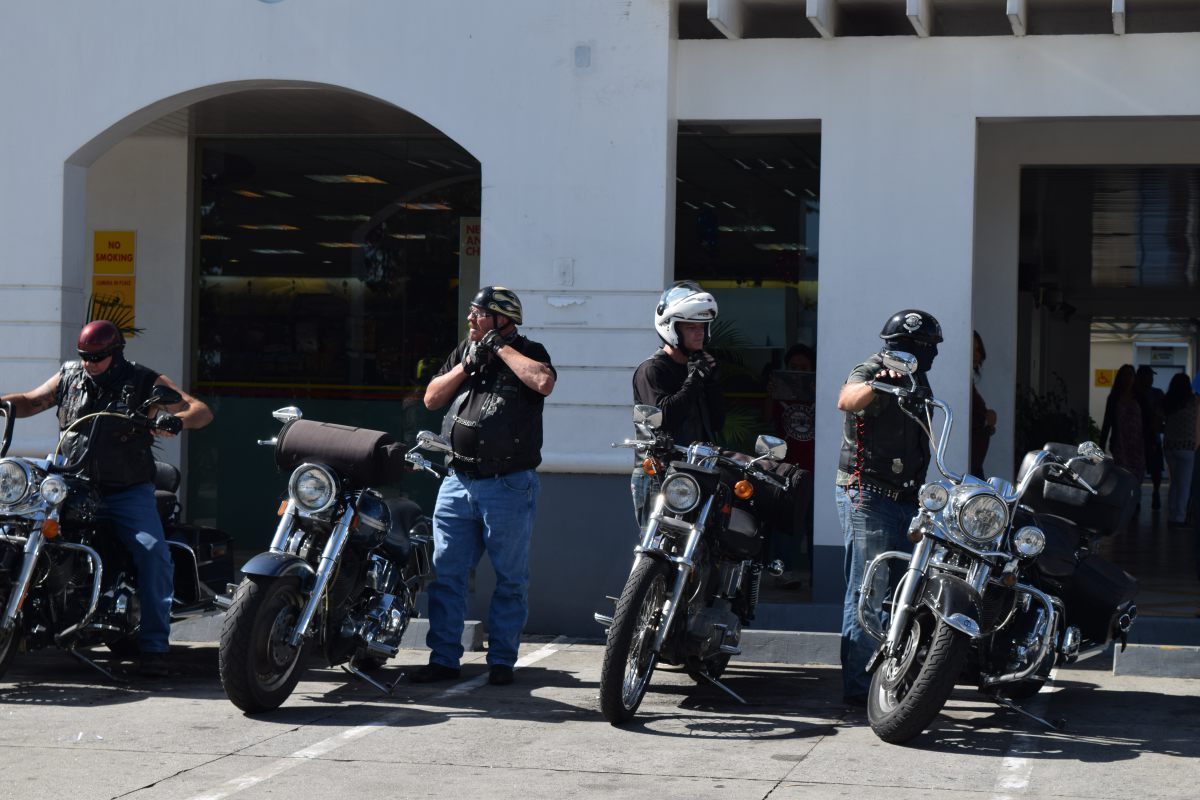 Bikers at the NLEX pit-stop.
Bikers at the NLEX pit-stop.URDANETA,
It was on January 8, 1858 that the Urdaneta was organized into a pueblo. The first “cura parroco” was Niclolas Alonzo Manrique. He named the new town as Urdaneta, in honor of another friar Fr. Andres de Urdaneta, the spiritual adviser of the expedition led by Miguel Lopez de Legazpi which arrived in Cebu to explore the country on April 27, 1565.
Historical records show the first inhabitants, mostly Ilocano migrants, established contiguous settlements occupying portions of the barrios of the surrounding towns of Asingan, Villasis, Malasiqui, Sta. Barbara, Mangaldan, Manaoag, and Binalonan. The settlers banded together and petitioned the Spanish Government to allow them to form a separate pueblo for greater ties and stronger unity. Their petition was granted and Urdaneta was formally founded on January 8, 1858. On January 10, 1998, the Philippine Congress enacted R.A. 8480 converting the Municipality of Urdaneta into a component city of the Province of Pangasinan. The people of Urdaneta, in a plebiscite, overwhelmingly ratified this legislative act and Urdaneta was proclaimed a city on March 21, 1998.
Prominent industries are bagoong making, handicrafts and gifts, toys and houseware making.



Comments powered by CComment